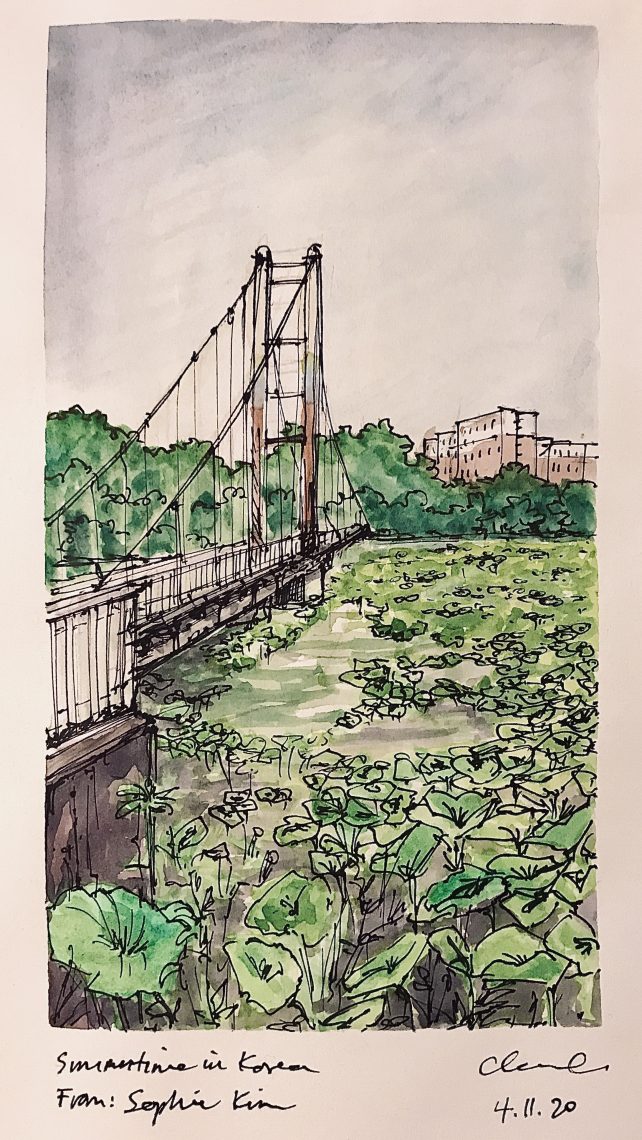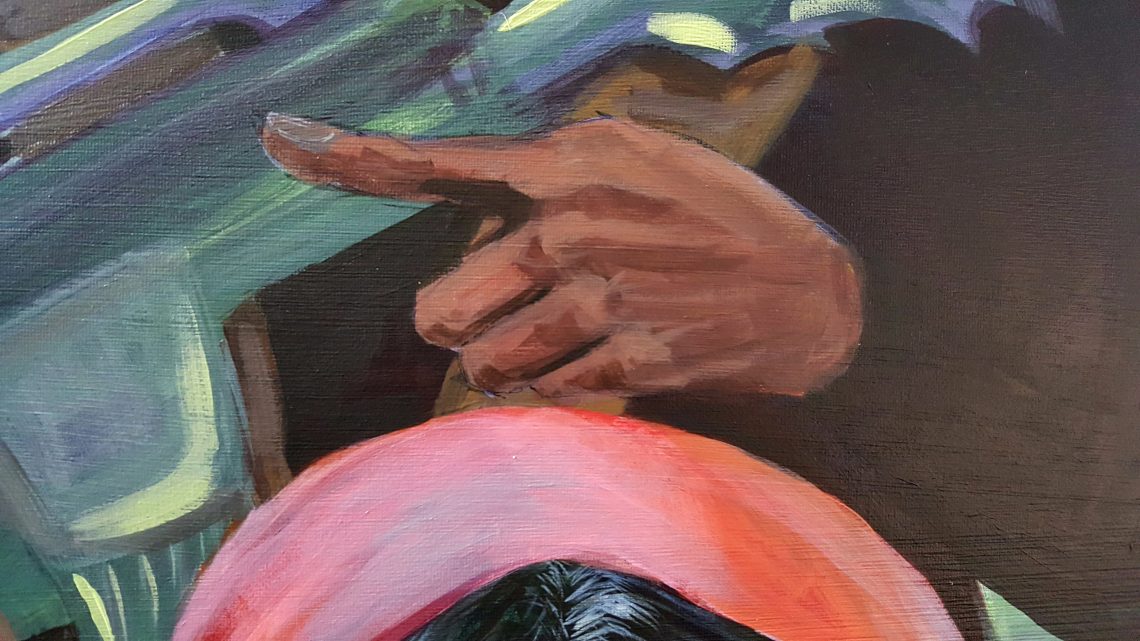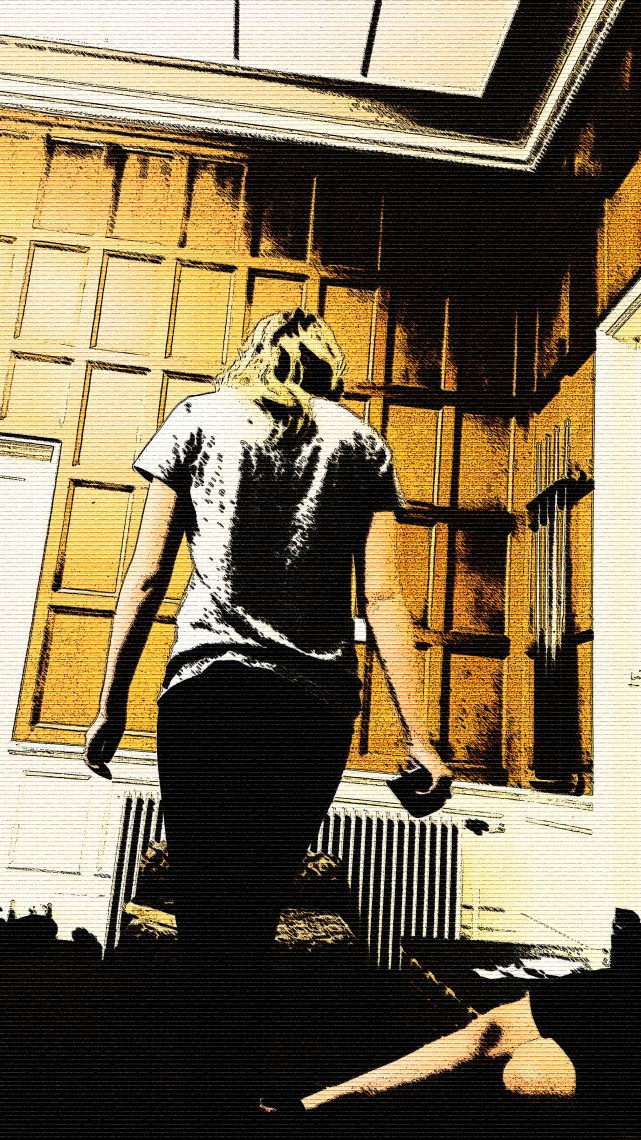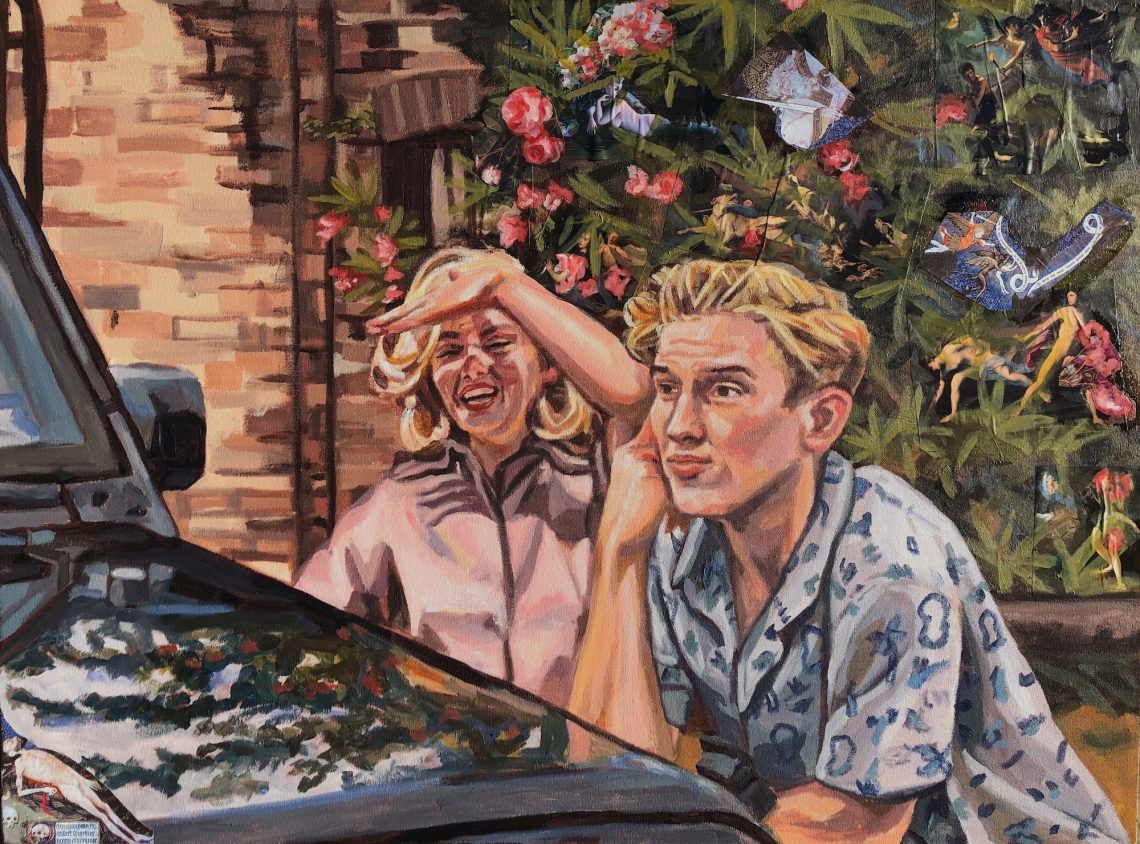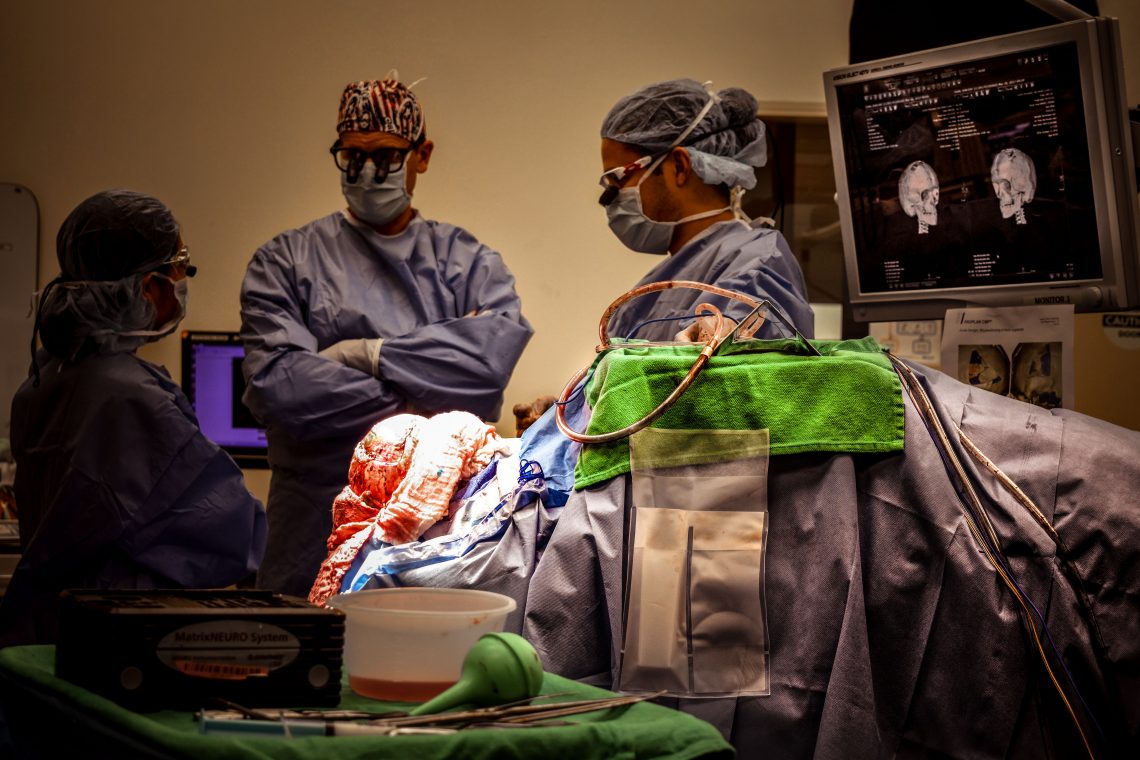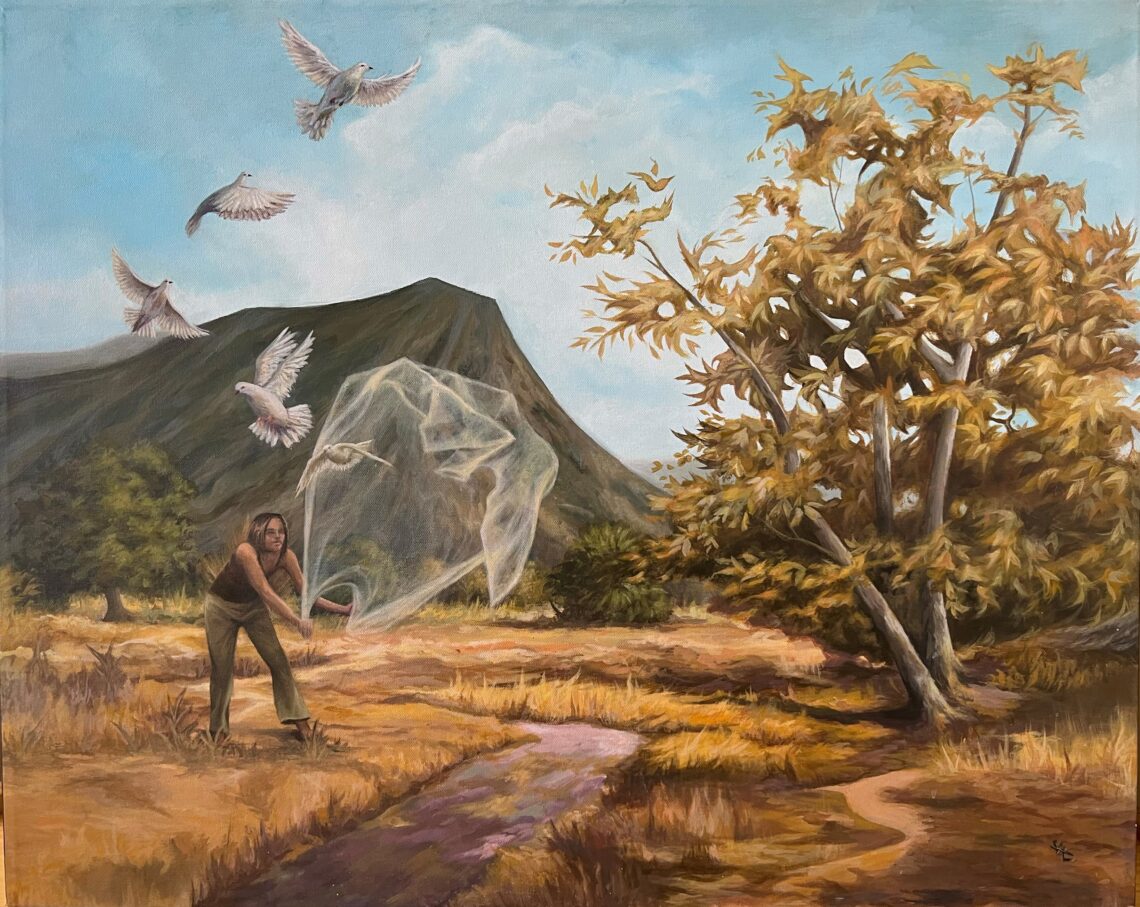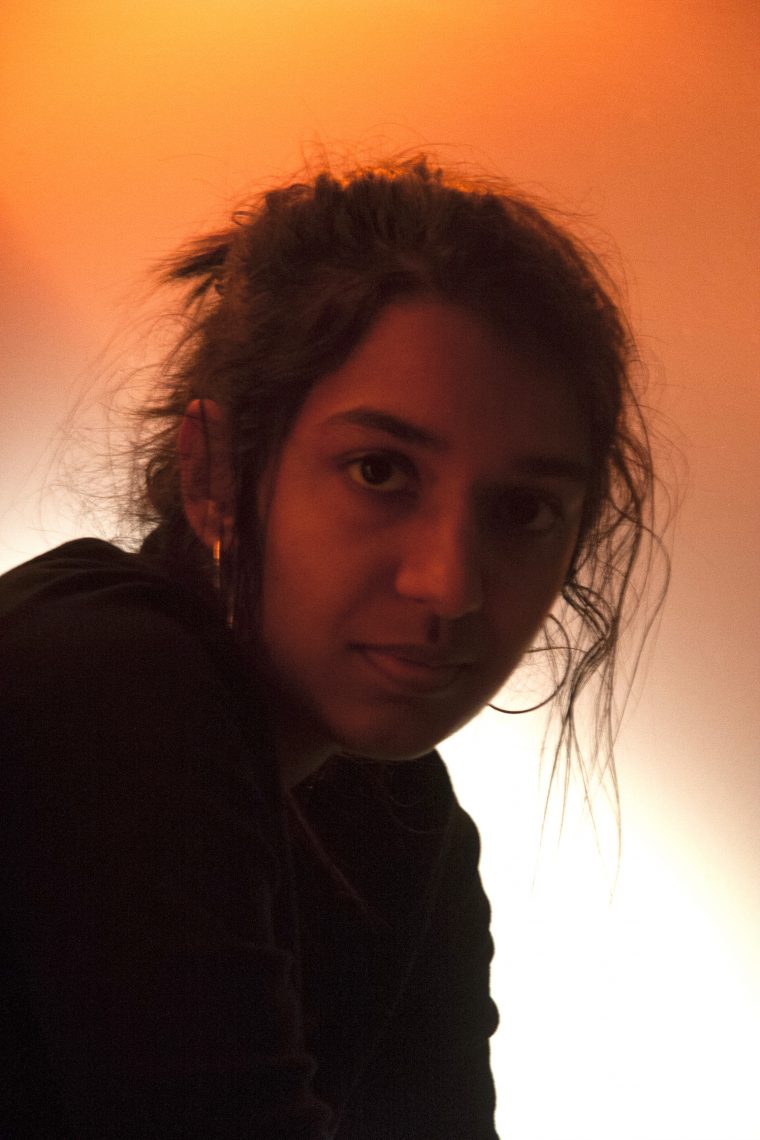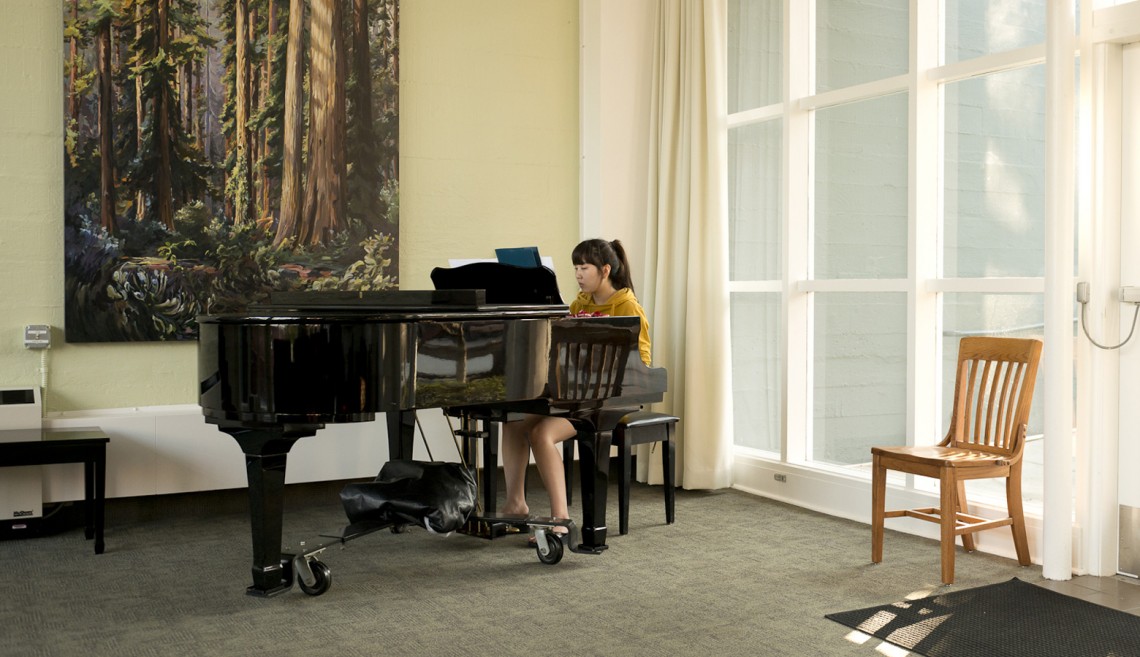
Pianos everywhere
The remarkable number of accessible pianos on campus inspire pickup jam sessions, support student group rehearsals and provide an important creative outlet for music and non-music students.
Have you played a piano recently? If you are on the Stanford campus, there is no excuse not to be practicing your Chopin or plunking out Chopsticks year-round, because there are more than 200 acoustic pianos on campus and more than half of them are found outside of the classroom, ready to be played.
Stanford students living on campus have access to the greatest number of the communal pianos, because many of the instruments are found in dorms. But there are also pianos in more accessible areas for the larger campus community: at Tresidder Memorial Union (the student union has two, including a slick black baby grand in the second-floor lobby facing a wall of windows), the ground floor of the Arrillaga Alumni Center, the Stanford Hospital atrium and the Faculty Club.
Few institutions outside of conservatories have so many instruments available for student use, and it is a strength of Stanford that this is the case.

Pianos are living things made of wood coupled with steel, brass and felt that can last for decades if properly maintained. An anonymous family has stepped forward to help support the ongoing needs of caring for such a large inventory of pianos in playable condition and has provided a substantial gift to help that effort. It’s a very generous beginning.
Peter Sumner, who is a master-level concert piano technician and the new curator of pianos, oversees the pianos in the Department of Music. Thanks to the recent gift, he is also partnering with Residential and Dining Enterprises in developing an integrated inventory, tuning, care and maintenance program modeled after conservatory practices that will keep all of the pianos, from the 9-foot concert grands on the Dinkelspiel stage to the smaller uprights tucked into dorm lounges and dining halls, ready for action.
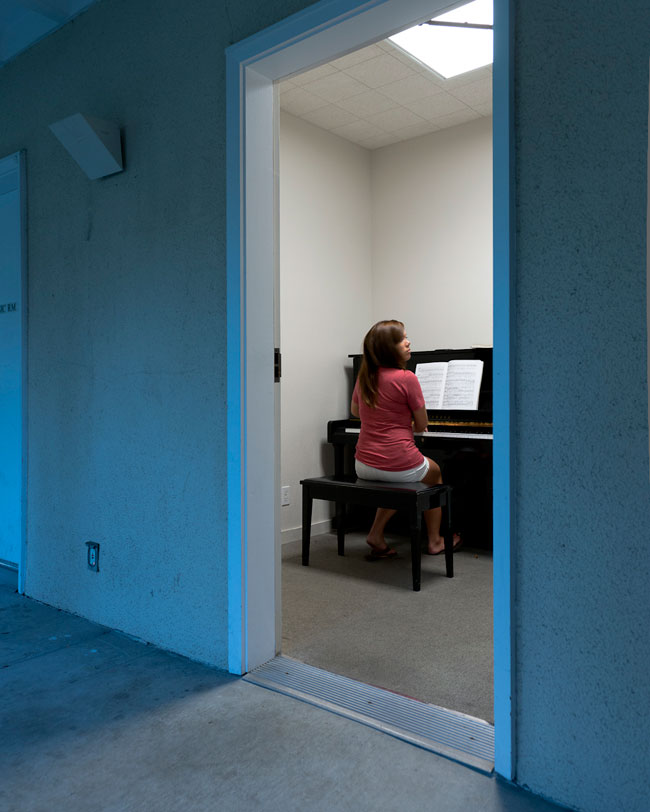
Report from the field: Constant use
A recent piano scouting expedition in Stanford dorms found junior Dewey Kemp practicing preludes on a Steinway in Branner, freshman Lena Hong playing a Young Chang baby grand in Larkin North lounge, and Stephanie Webb, a classical piano performance major, practicing on an upright in a small practice room at Rains Housing. She has access round-the-clock, for midnight sessions.
Scott St. John, artist-in-residence, violinist in the St. Lawrence String Quartet and resident fellow at Stanford’s arts theme house, Kimball, reports that the three pianos in the dorm are used constantly by a wide variety of students. “Our residents play everything from Chopin sonatas to jazz, from choral accompanying to chamber music,” he said.
Kimball’s two grand pianos and one upright can be reserved for practice, but St. John says it’s more of an informal and spontaneous “free-for-all, first-come, first-served” situation.
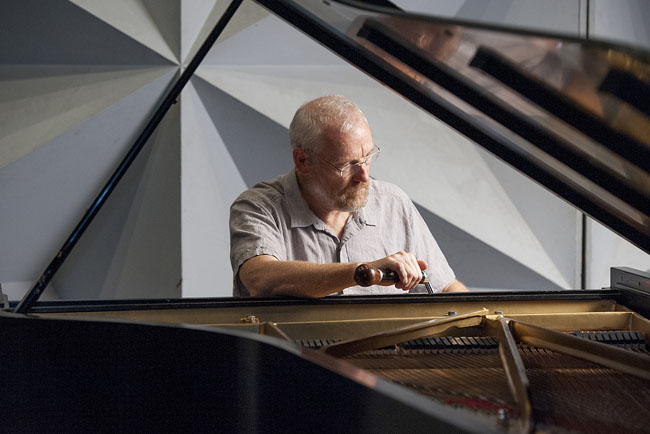
Kimball resident Maggie Goulder says that having the pianos in the dorm and living in the arts theme house inspired her to get back into music and take courses after having dropped music for a couple of years. “I also love that I can always hear people playing, which makes for a wonderful living environment.”
Pianos are living things made of wood coupled with steel, brass and felt that can last for decades if properly maintained.
The all-sophomore Toyon Hall has three pianos with a fourth on the way, and they are also in constant use. Resident fellow Marie-Louise Catsalis, lecturer in music, says that many Stanford students are musical, but not all of them study music. The communal pianos are a way to keep music in their lives if they aren’t taking music courses.
Another way Catsalis makes music a part of Toyon life is by offering a word-of-mouth in-dorm music theater course utilizing the residence’s pianos, and staging recitals for the residents before trips to San Francisco to see shows.
Over at Harmony House, the home of the Institute for Diversity in the Arts, undergraduate fellow Tyler Brooks says that the IDA piano is used by individuals, including himself, and groups. “The student groups that have used it most are Talisman and the Stanford Gospel Choir. It’s also been used in more casual social settings, as background music for IDA events and when people are relaxing in the house, and jam sessions.”

Playing favorites
Brooks is a player who gets around. In addition to playing the piano at Harmony House, he gives favorable reviews to the instruments at Roble Hall, Ujamaa and Kimball. But his hands-down favorite piano is in the main CCRMA studio at the Knoll. It’s a little trickier to find than a dorm piano, but anyone with key access to the rooms at the Center for Computer Research in Music and Acoustics can use it. “I’ve used it over the summers and when I wasn’t taking classes in the building. It has the cleanest sound and action of any piano on campus.
“As a jazz pianist, I’m always experimenting with touch, acoustic resonance, etc. You can’t really hear all of that rich stuff in your harmonies or lines if the piano isn’t tuned, if there’s excess dust in the frame and on the strings or if keys are sticking. That grand at CCRMA is as close to a Fazioli as I’ve experienced thus far.
“When I’m really in my groove there, it’s a very liberated groove. I get to stop worrying about perfecting acoustic imperfections and become Herbie Hancock or Brad Mehldau for a few hours. Also, the room the piano is in is just an acoustically perfect environment – the panels, the tiling, everything.”




